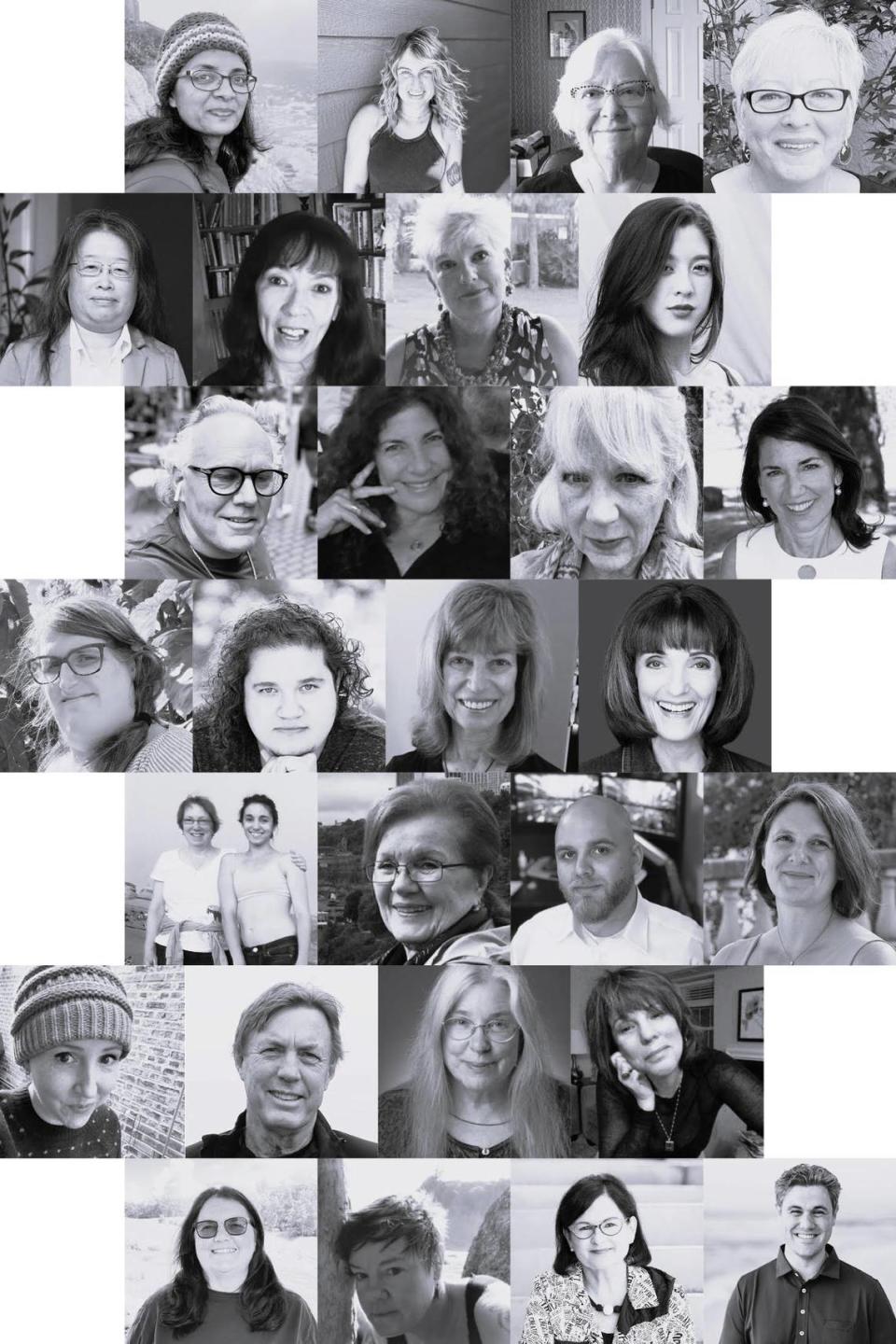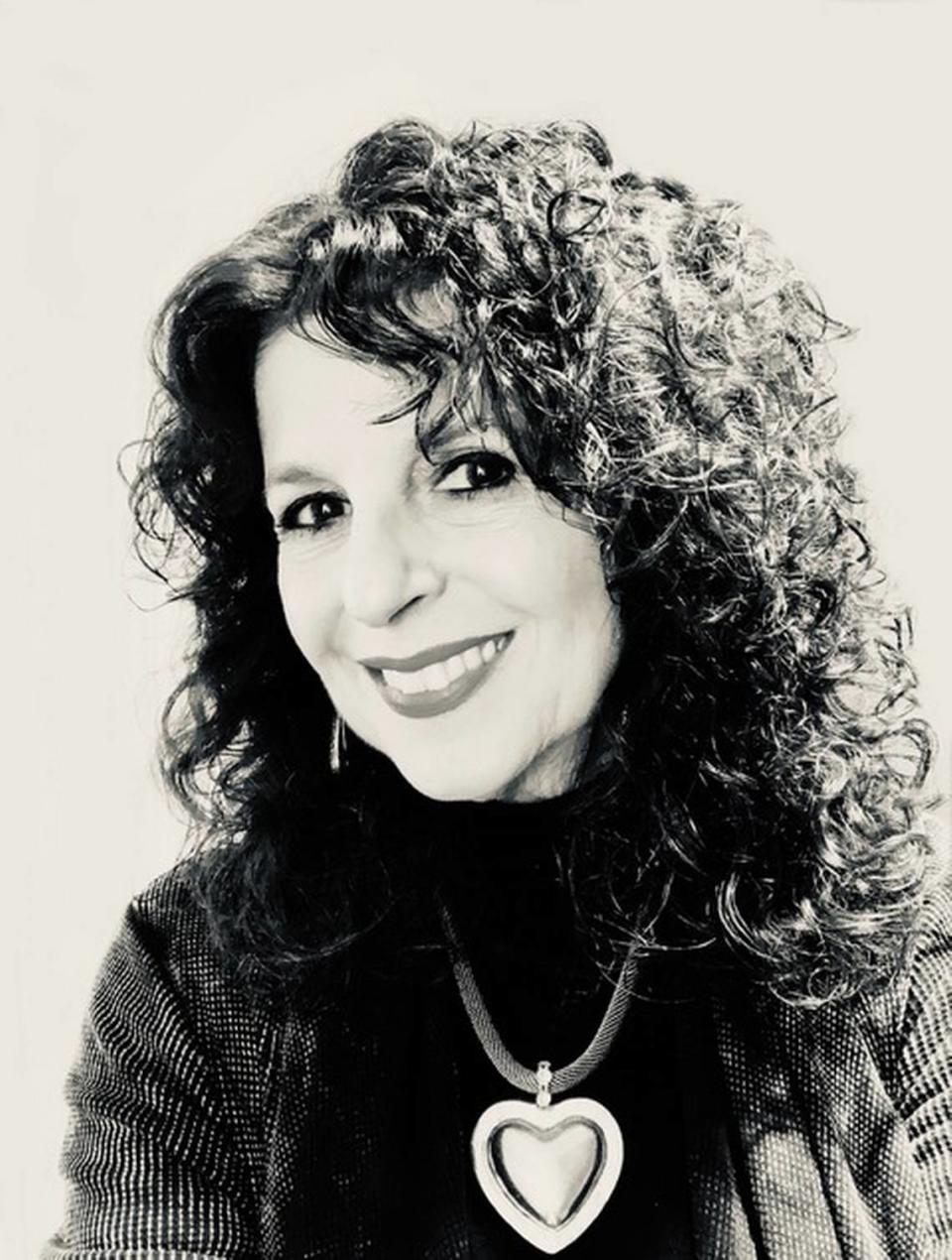A Fresno woman collects essays on loss and grief to offer hope to the hurting | Opinion
I’m not sure if I’m ready to come out of hibernation from my annual post-holiday, foggy with a chance of moodiness state of mind. But my cupboards and linen closets are happily rearranged, the tree and décor stowed away, and I’m burned out on cold, dreary, overcast days.
Vitamin D deprived (according to my doctor), I’ve nevertheless savored the introspective solitude, this permissive stay-in-your-sweats month, and — as my close friends and husband will attest — have re-evaluated every square inch of my life. Isn’t that the whole purpose of January? New beginnings. Fresh starts.
But alas, here we are, on the cusp of February, the season of love. Cupid. Heart-shaped Sees candy boxes. How can I not come out of hiding, embrace loved ones, sneak a couple of Bordeaux chocolates, host a family dinner, get back into the throes of life, and start living the next chapter?
During one of my quieter, contemplative moments recently, I obsessed about a comment I hear quite regularly — sometimes from friends, colleagues, even readers of my opinion columns, hinting it’s time to move beyond grief: Write happy.
To be perfectly honest, there is a part of me tired of the surname “grief collector.” Believe me, I never applied for the position of chairwoman of a cemetery club. But it’s become my middle name, my hashtag, my default identity. I know how to shake hands and make eye contact with sorrow — whether it’s my own or somebody else’s.
While this is a club no one in their right mind wants membership in, it’s in our face whether we like it or not — we’re losing aging parents, partners, friends and colleagues in epic numbers . Too many funerals. Excessive goodbyes. Some may think this is morbid, and it probably is, but I have a kitchen drawer devoted to Fresno Bee obituaries including all the regalia passed out at funerals, celebrations of life, memorial services.
When COVID hit in 2020, everyone on the planet began spiraling in grief — intubated to death and finding themselves breathless. When my agent contacted me with a proposition from the publisher to re-issue our debut memoir, “Griefland,” while on some level I felt humbled and flattered, it had also been more than a decade since the book’s initial release. Our lives (and our grief) had changed. Or maybe the word here is “evolved.” We were no longer suffering the shock and trauma of “fresh grief” described in the book.
Health officials began talking about “long haulers COVID.” It got me and my co-author Nancy Miller thinking about those of us whose grief has now spanned years, maybe even decades. Does anyone ever talk about long haulers grief? What does it look like? Feel like? How does it manifest itself over time? How is it honored, given voice? As I’ve frequently written, grief is not something you get over. It has no expiration date. But, yes – it morphs over time. Sometimes in small increments, other times with dramatic clarity.
So this would be what we set out to explore three cold and dreary Januarys ago. We found 28 writers courageous enough to share their journeys with the world. Some, like us, had lost children. Others had suffered loss of parents, partners, siblings, soul mates. One of our contributors, had lost the dream of having a normal child — and was grieving what might have been while raising a child with special needs.
Another young writer, a cancer survivor, wrote about the grief of losing her health, always living on the edge of the next MRI or scan. As these personal narratives arrived in our inboxes, we noticed something remarkable. In almost every essay, the writer referenced the life-affirming act of breathing. Some reported having been breathless and gasping for air, while others were desperate to catch their breath or find breathing space. Hence, our book title: “Daring to Breathe.”

As we gathered these stories, each punctuated by loss, we discovered that the overarching emotion was deep and profound love. One morning I made a journal entry that read, “Grief is love reincarnated.”
And so it seems fitting that I emerge from my January hiding to share the birth of our new book project, “Daring to Breathe — Stories of Living with the Foreverness of Grief,” coming to life in February.
It’s a daring anthology of modern-day survival stories, a beautiful chorus of diverse voices, sure to take your breath away before reviving and resuscitating your sense of urgency to reach out to the ones you love. And then hold them tight.
Armen Bacon is the author of three books: “Griefland – An Intimate Portrait of Love, Loss, and Unlikely Friendship,” and “My Name is Amen,” (Volumes I and II). She and co-author Nancy Miller have recently completed a “Griefland” sequel titled “Daring to Breathe – Stories of Living with the Foreverness of Grief,” (January 2024). Contact: ArmenBacon@gmail.com; @ArmenBacon


